Mistakes when wearing face masks: You should avoid that!
With regard to the situation in Europe and Germany, there is currently a nationwide discussion about whether a mouthguard requirement should be introduced in addition to a curfew. Because even if the majority of the German population is at home, it is not possible to completely avoid contact with fellow human beings. You should also be able to protect yourself in the supermarket or pharmacy, as well as in banks or other institutions. It is questionable whether a face mask could help. The topic is very controversial, there are pro and contra arguments. In the meantime, more and more people are opting for a respirator. Because this way we can protect not only ourselves, but above all the others and possibly stop the spread of the virus. We explain what are the most common mistakes when wearing face masks and how you can effectively protect yourself against coronavirus.
Mistakes when wearing face masks: Can a face mask really stop the spread of the virus?
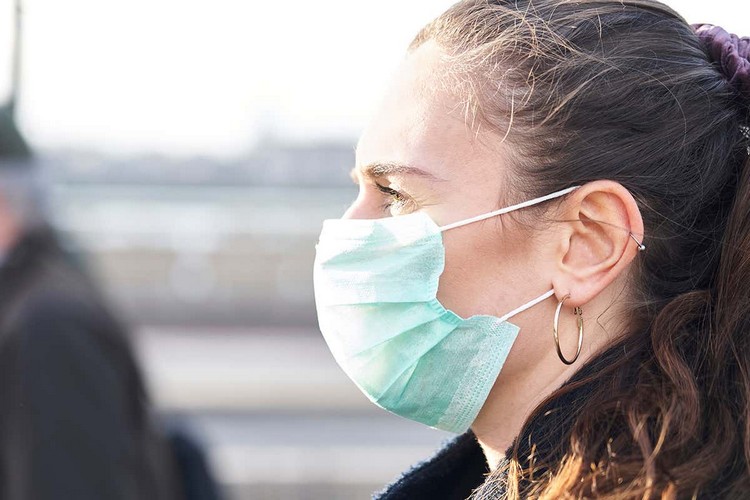
There is currently a discussion in society as to whether wearing face masks really makes sense. The opponents are of the opinion that only certain respirators can protect against viruses. Ultimately, none of us can tell if they are not infected with coronavirus. According to information, a majority of the cases could be a transmission of asymptomatic infected people. The people who are infected with Covid-19 but have no symptoms are considered to be as contagious as the patients with symptoms such as cough, fever or runny nose. If you speak very loudly, shout or sing, droplets containing the dangerous virus can be spread in the air with a diameter of up to 7 meters. With a suitable mouthguard, the transmission could be kept to others. However, an important prerequisite for the successful introduction of respiratory masks as a preventive measure is that they can filter the air effectively and that they are worn correctly. And wearing a face mask properly is more difficult than it sounds.
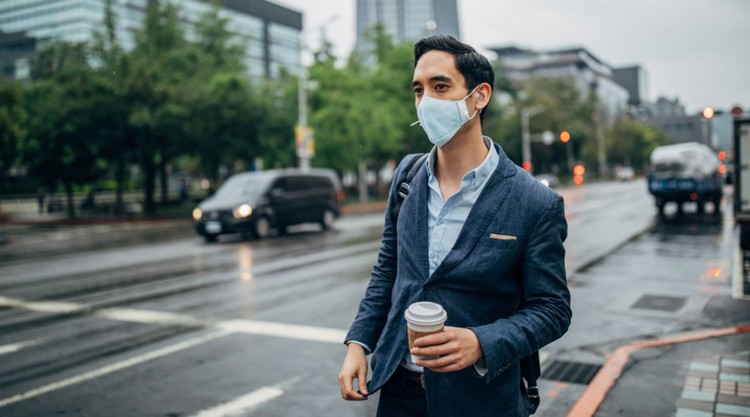
In Asian countries such as China or Japan, wearing a face mask has become a popular tradition. There the masks are worn in the big cities in summer as protection against dust. In winter, people put on a breathing mask to protect themselves from viruses. The face masks are usually worn by people who are already ill and have symptoms. The population of China wore mouthguards long before the coronavirus spread in Wuhan. This is very important because Chinese people did not have to get used to wearing a mask for the first time. In China there are now even vending machines that sell mouthguards.
The situation is different in western countries. For example, the population of Europe is not used to wearing face masks. This is proving to be particularly problematic in the Corona period. Here are some reasons why wearing a face mask needs to be learned:
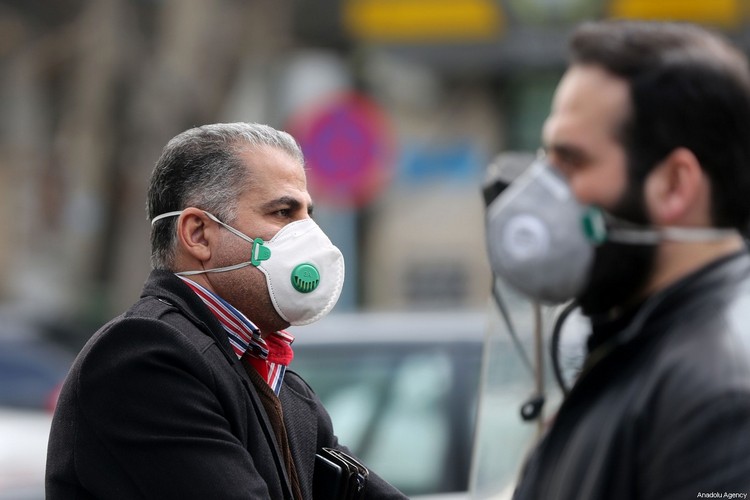
- A face mask should be put on correctly and then removed again, otherwise viruses can be transmitted by hand and get on the mouth or nose. This increases the risk of infection from smear infection.
- A homemade respirator could do more harm than good. That's because craft enthusiasts don't always choose the right stuff. In the end, the mask can cause shortness of breath if the fabric is not breathable. Allergy sufferers and asthmatics in particular should avoid self-sewing fabric masks and look for certified models.
- Wearing a face mask is a habit. The correct use of the breathing mask needs to be learned and, above all, practiced regularly at home. This includes, for example, putting on and taking off the mask. Mastering different everyday situations with a mask is an art in itself. Making phone calls alone can be a major challenge. When you wear a face mask, it is difficult to speak and the words are difficult to understand.
- It is particularly difficult to teach children that they shouldn't touch their faces. That's why parents should
Mistakes in wearing face masks and how to avoid them

We will soon list 10 common mistakes when wearing face masks and explain how you can avoid them.
1. Sew a face mask made of the wrong fabric. Certified respirators are in short supply and should be reserved for pharmacists and doctors. Homemade alternatives can also provide some protection because they can at least filter the larger droplets. The most important thing is to choose the right fabric. Linen or boiled cotton are well suited. Silk turns out to be a suitable alternative, as long as it is properly disinfected.
2. Put on and remove the breathing mask incorrectly. It is particularly important here to wash your hands thoroughly first and then to grasp and put on or remove the face mask by the rubber bands. What actually happens is that we come home tired after a long day at work and the first thing we do is take off the mouthguard with the dirty hands and only then grow the hands.
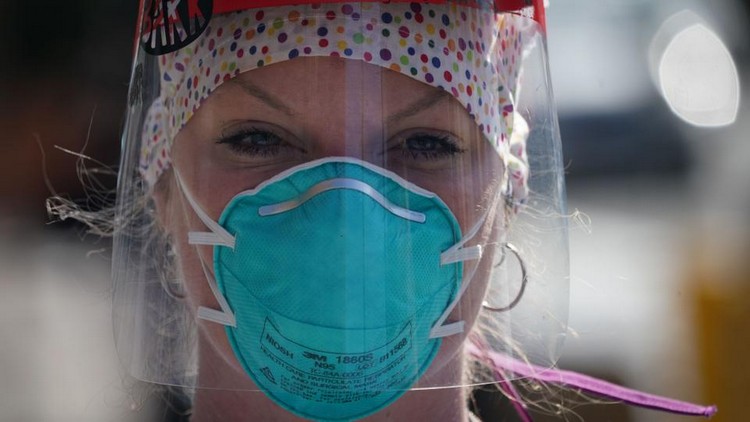
3. To avoid smear infections, never grasp the mask yourself. Women with long hair can tie their hair in ponytails. Updos are also suitable. They prevent hair from falling on the face and the respiratory mask may then have to be removed in public.
4. By the way, you should never remove a breathing mask in public. Not to make phone calls or to eat, and never when you are talking to a friend. But what really happens is that you wait in line at the bank and if you can finally speak to a bank official, he cannot understand you. Then try to speak louder, hoping that he will understand you better. A mistake, actually, because the louder you speak, the more droplets are spread in the air. Many people give up after a while and take off the face mask when they want to talk to someone. On the other hand, only one thing helps: Practice at home and try to speak more slowly and understandably.
5. Wear the face mask too long: One-time face masks should be changed every two hours. Multiple face masks can, depending on the manufacturer's specifications, be worn for longer periods. You can usually change self-made respirators after 4 to 6 hours. Otherwise there is a risk that the breathing mask that is moistened by our breath will become a slingshot of microorganisms.

6. Do not wear the mask over your nose. It is much more difficult to breathe when we wear a face mask. That's why many people don't wear them over their noses or tie them loosely around their ears or head. A mistake, because in order to provide protection, the mask should be as close as possible on the one hand, and cover the nose, mouth and chin on the other.
7. Disinfect the mask incorrectly. If a breathing mask is removed for repeated use or a self-made face mask, it should be properly disinfected. Hand washing is not an option. The manufacturers include instructions for use with the breathing mask, self-sewn fabric masks should be washed at 90 degrees Celsius and then ironed for at least 2-3 minutes. When ironing at medium or high levels, viruses and bacteria can be killed successfully. It is important that the breathing mask is disinfected after each use. That is, do not store the masks on and then wash them all at the end of the week, but wash each mask you wear after you remove them.
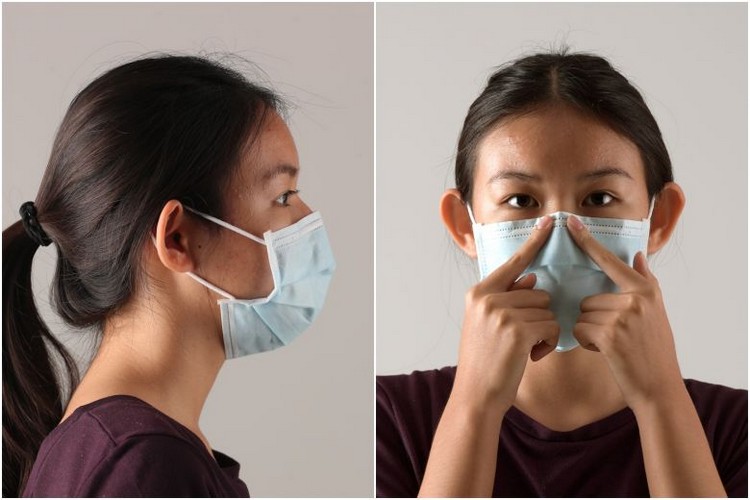
8. Use the single breathing mask several times. As the name suggests, you should only wear a unique face mask once. Do not use them a second time because they collect pathogens that you cannot kill. Better not wear a mouthguard, because a moisturized breathing mask cannot protect you from viruses anyway.
9. The breathing masks already used should be kept in bags and one-time mouth guards should also be thrown away in a separate bag.
10. Disregard other precautions. The experts warn of a false sense of security, which can significantly increase the risk of infection. But even if we want to strictly follow the protective measures, wearing a face mask can make us break the rules. For example, because the others do not understand us when we speak, we do not keep the minimum distance of 1.5 meters and approach us. Or we take off the mask as soon as we are outside. The face mask touches our clothing and can transmit viruses and bacteria. Greasy infections occur more frequently. Or we do not take the mask on, but we transfer viruses to the cell phone and then forget to clean its surface when we are at home.
Forget and never neglect the other protective measures! This is the only way to protect yourself effectively against viruses. Wash your hands often, disinfect surfaces such as doorknobs, cell phones and trays and keep a minimum distance of 2 meters from other people. These measures can prove to be particularly useful for children, as toddlers especially like to touch their faces. Since the use of protective masks was not common in Europe until recently, they are not used to it. The breathing mask arouses their interest and they like to touch it. It is therefore questionable to what extent wearing a mouthguard is useful for children between 4 and 10 years of age.
The post error when wearing face masks: you should avoid that! appeared first on Deavita.com | Living ideas, design, hairstyles, make-up, lifestyle, health and beauty tips.





















